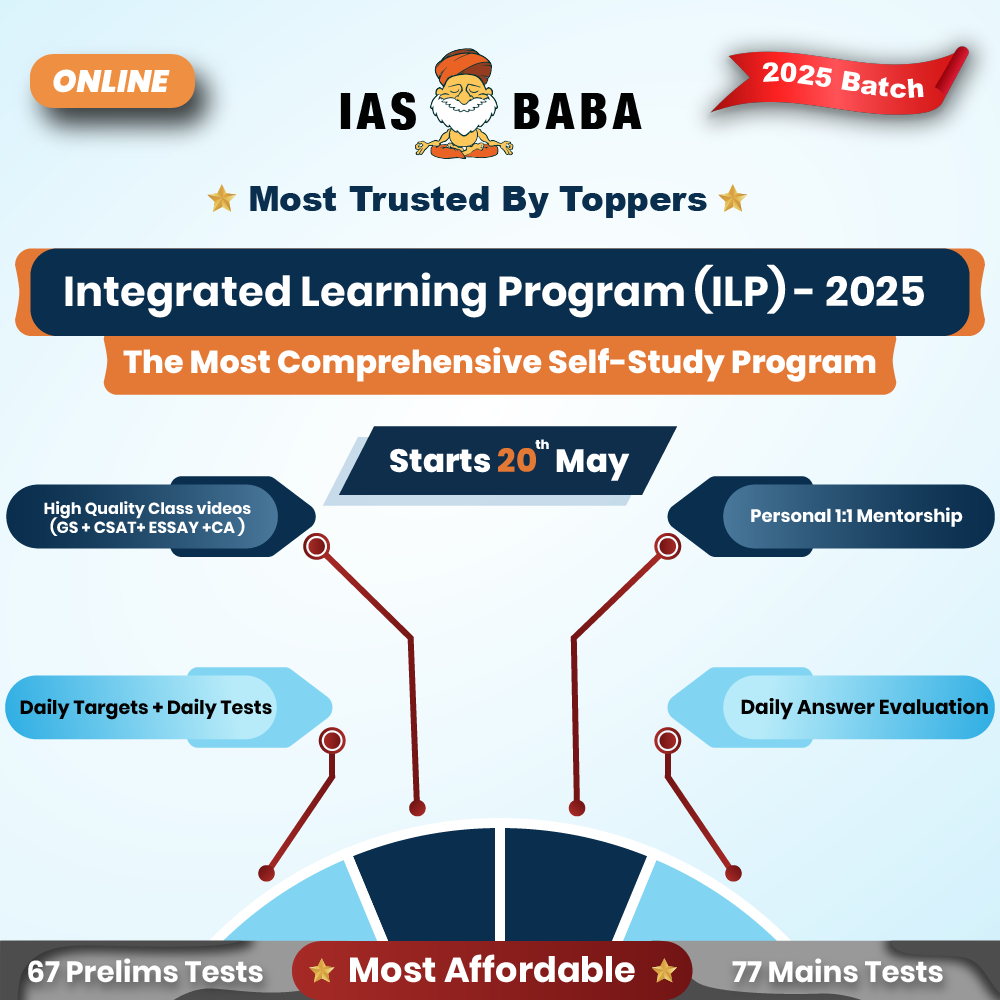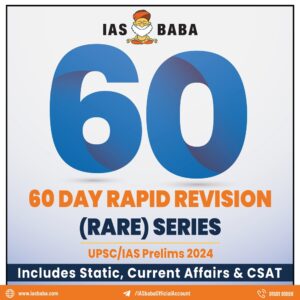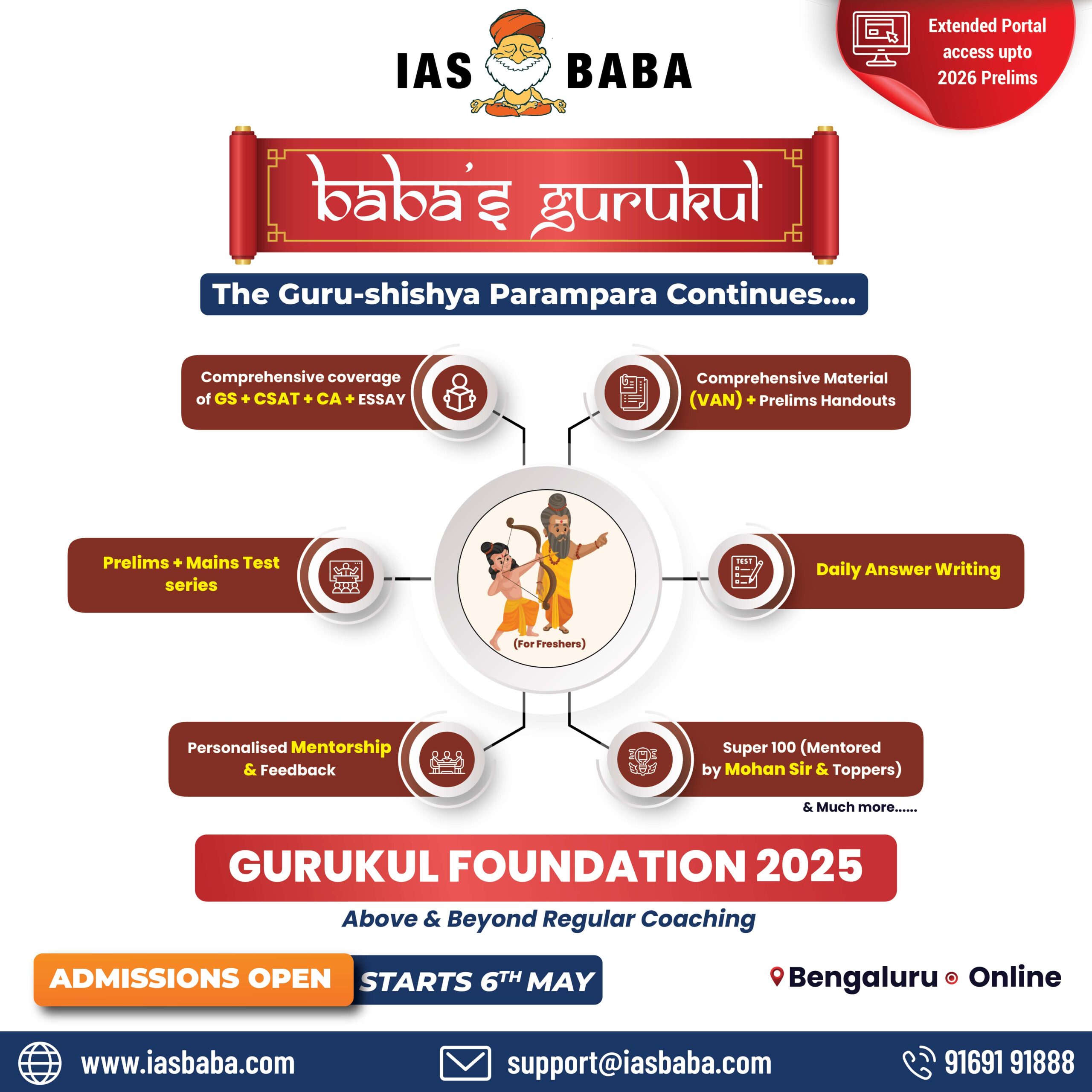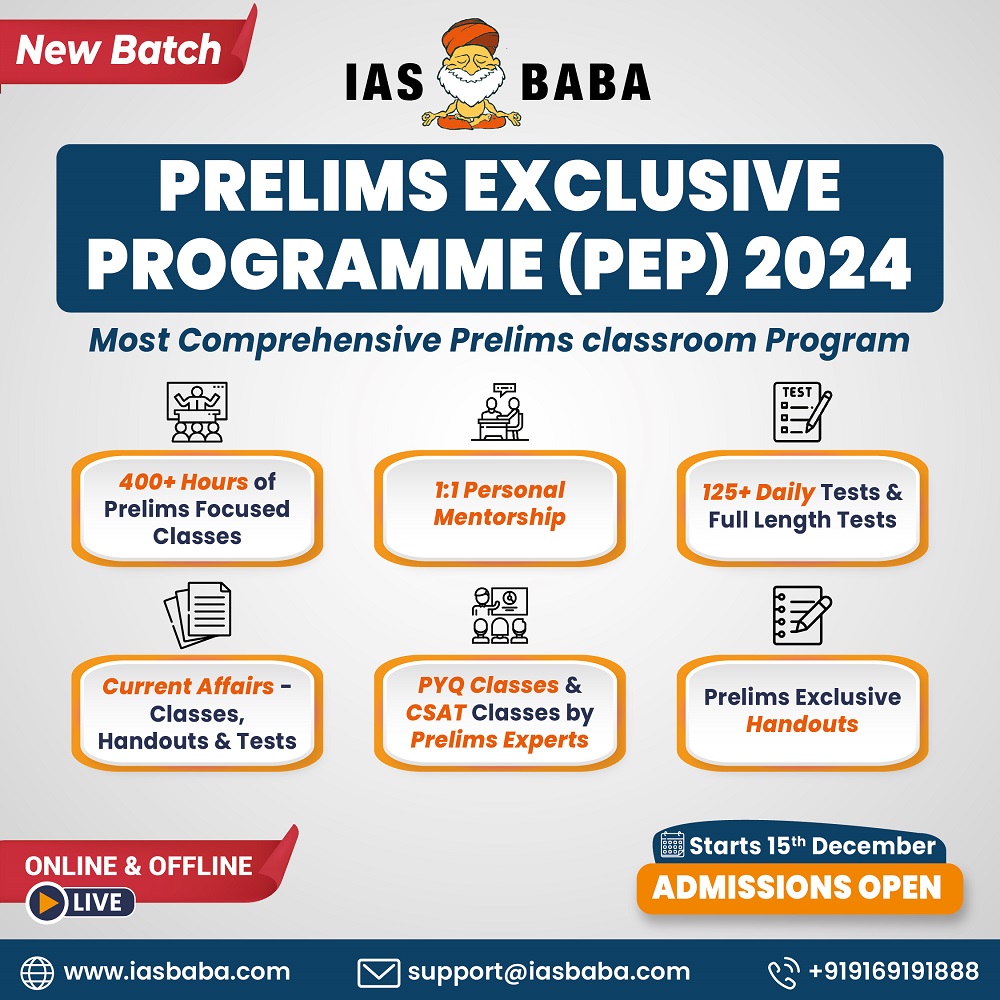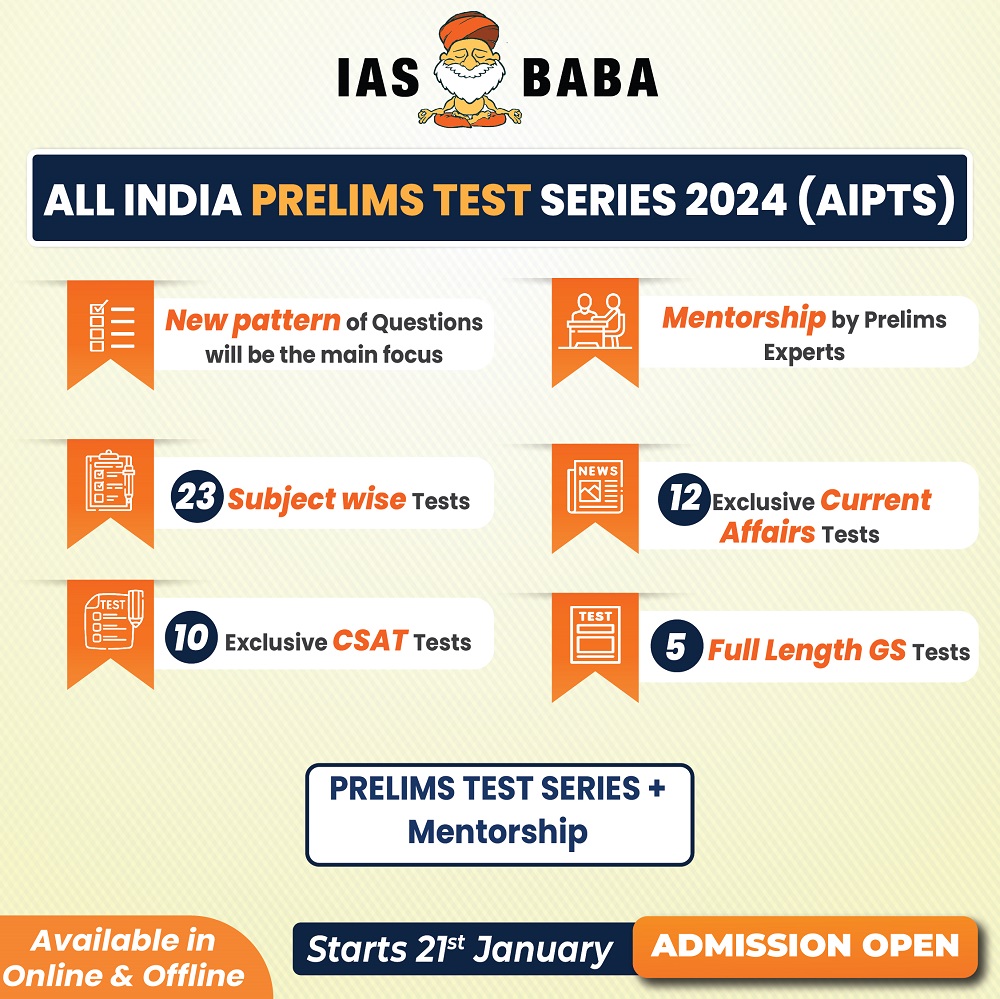IASbaba's Daily Current Affairs Analysis
IAS UPSC Prelims and Mains Exam – 4th July 2020
Archives
(PRELIMS + MAINS FOCUS)
Enrica Lexie case: India to accept and abide international tribunal’s ruling
Part of: GS Prelims and Mains II – India and Italy ties; International organizations and conventions
In news:
- The Centre informed the Supreme Court that it has decided to “accept and abide” by an international tribunal’s ruling that the Italian Marines enjoy immunity and are outside the jurisdiction of Indian courts.
- The government said – India is bound by the award of the arbitral tribunal formed under the United Nations Convention on the Law of the Sea (UNCLOS).
- According to Tribunal ruling – India is entitled to compensation for the loss of life. The Marines, who are now in Italy, will face criminal investigation there.
Government’s decision to accept the tribunal decision is in tune with Article 51(c) and (d) of the Constitution.
Article 51 – Promotion of international peace and security. The State shall endeavour to –
(a) promote international peace and security;
(b) maintain just and honourable relations between nations;
(c) foster respect for international law and treaty obligations in the dealings of organised peoples with one another; and
(d) encourage settlement of international disputes by arbitration
ICMR looks at vaccine launch by Aug. 15
Part of: GS Prelims and Mains III – Science – Health and Medicine
In news:
- Covaxin – developed by the Hyderabad-based Bharat Biotech India Ltd (BBIL) got approvals from the Drug Controller General of India for human trials.
- The trials are done on groups of people and are meant to test if the vaccine is safe on humans and produces protective antibodies.
- The potential vaccine in question is a SARS-CoV-2 strain sourced from the ICMR-National Institute of Virology.
- It is envisaged to launch the vaccine latest by 15th August, 2020 after completion of all clinical trials.
After Mizoram, Nagaland bans sale of dog meat
Part of: GS Prelims and Mains III – Animal welfare and conservation
In news:
- Nagaland government decides to ban the commercial import and sale of dogs and dog meat.
- The Mizoram government had taken a similar decision in March.
- The announcement followed an appeal by the Federation of Indian Animal Protection Organisations (FIAPO), which is an apex body of animal rights groups.
Do you know?
- Dog meat — considered a delicacy among certain communities of Nagaland and some other parts of the Northeast — has been traditionally consumed in parts of the state for decades.
- Certain communities in Nagaland also consider dog meat to have medicinal properties.
- Regulation 2.5 of Food Safety & Standards (Food Products Standards and Food Additives) Regulation 2011, FSSAI which lists out meat and meat products which are fit for consumption.
- Dog meat is not on the list, and thus, considered unfit for human consumption.
#Boycott China: economic measures aimed at Chinese firms
Part of: GS Mains II – India and its neighbours; International Relations
In news:
- India to consider a range of economic measures aimed at Chinese firms amid the border tensions.
- 59 Chinese apps were banned and Union Power Minister said India would not import power equipment from China.
- The State power distribution companies would not place orders with Pakistan and Chinese firms for equipment as the sector is strategic and essential, and was vulnerable to cyberattacks.
- Minister for Road Transport and Highways said Chinese companies would not be allowed to take part in road projects.
- The government is also considering trade and procurement curbs targeting China.
- The government is also increasing scrutiny of Chinese investments in many sectors, and weighing a decision to keep out Chinese companies from 5G trials.
Do you know?
- The above moves could potentially cost Chinese companies billions of dollars.
- It is a clear message from India that it cannot continue trade and investment relations as normal, if China does not agree to return to the status quo of April before its incursions along the LAC began.
- However, China is far less dependent on India’s market than India is on Chinese imports.
- India relies on China for crucial imports for many of its industries, from auto components to active pharmaceutical ingredients (APIs). Between 70% to 90% of APIs come from China.
- India should focus on self-reliance in many of the above sectors.
Medical devices at affordable prices
Part of: GS Prelims and Mains II and IV – Govt schemes and policies; Welfare; Ethics
In news:
- All the medical devices in India are notified as drugs and came under the regulatory regime of the Drugs and Cosmetics Act, 1940 and Drugs (Prices Control) Order, 2013, with effect from April 1.
- Union Health Ministry has identified a list of critical medical equipment and has requested the National Pharmaceutical Pricing Authority (NPPA) to ensure its availability at affordable prices.
Role of NPPA
- NPPA, in exercise of powers conferred under DPCO, 2013, has called for price-related data from manufacturers/importers of critical medical equipments such as Pulse Oximeter and Oxygen Concentrators.
- NPPA to ensure that the prices existing as on 1st April, 2020 should not be increased more than 10% in a year.
- The NPPA told the Industry Associations that it was not “business as usual” and not the time to profiteer.
Jairam Ramesh committee on Science and Technology to meet on pandemic
In news:
- The standing committee on Science and Technology, Environment, Forests and Climate Change headed by Jairam Ramesh to meet on July 10th to discuss the “preparedness to deal with COVID-19 and other pandemics in future”.
- The committee will also be deliberating on the vaccines for COVID-19 including the one being developed by Bharat Biotech International Limited partnering with Indian Council of Medical Research.
- Parliamentary panel called the principal scientific advisor to govt to brief it on COVID response.
Preventing Man-Animal conflict and traffic in protected areas
In news:
- Karnataka Forest Department decides to introduce time-stamped card system for vehicles passing through Nagarahole National Park roads.
- Traffic monitoring mechanism along the roads in national park areas will ensure better compliance of forest laws by motorists and minimise road kills.
- Time-stamping mechanism will help ensure that motorists don’t stop midway and litter the area or cause disturbance to wildlife.
- Speed limit of 30 kmph is being introduced apart from having road humps to act as speed breaker at every 500 meter stretch.
(MAINS FOCUS)
GOVERNANCE/ ECONOMY/ SOCIETY
Topic: General Studies 1,2,3:
- Government policies and interventions for development in various sectors
- Indian Economy and issues relating to planning, mobilization, of resources
- Women empowerment
Reset rural job policies, recognise women’s work
Context: The COVID-19 pandemic has had a huge impact on women’s work
The pre-COVID-19 situation (for rural women)
1. Rural women faced crisis of regular employment
- According to national labour force surveys, a quarter of adult rural women were in the labour force (or counted as “workers” in official data) in 2017-18
- However, time-use surveys from rural Karnataka by NGOs show that, although there were seasonal variations in work participation, almost all rural women came within the definition of “worker” in the harvest season.
- The above data suggests that rural women face a crisis of regular employment.
- In other words, when women are not reported as workers, it is because of the lack of employment opportunities rather than it being on account of any “withdrawal” from the labour force
2. Paid work outside home
- Another feature of rural women’s work, is that women from all sections of the peasantry, with some regional exceptions, participate in paid work outside the home
- Thus, while thinking of the potential workforce, we need to include women from almost all sections of rural households and not just women from rural labour or manual worker households.
3. Age differentiated aspiration amongst rural women
- A third feature is that younger and more educated women are often not seeking work because they aspire to skilled non-agricultural work, whereas older women are more willing to engage in manual labour.
4. Wage Inequality
- A fourth feature of rural India is that women’s wages are rarely equal to men’s wages, with a few exceptions. The gap between female and male wages is highest for non-agricultural tasks — the new and growing source of employment.
5. Underestimation of women’s work
- Counting all forms of work — economic activity and care work or work in cooking, cleaning, child care, elderly care — a woman’s work day is exceedingly long
- It is estimated that the total hours worked by women (in economic activity and care) ranged from 61- 88 hours in the lean season, with a maximum of 91 hours (or 13 hours a day) in the peak season.
- No woman puts in less than a 60-hour work-week.
Impact of Pandemic & lockdown on rural women
- Limited agricultural activity for women:
-
- There was increased tendency to use more family labour and less hired labour on account of fears of infection.
- Therefore, though agricultural activity continued during lockdown employment available to women was limited.
- Reduced income from agriculturally allied sectors
-
- For women across the country, incomes from the sale of milk to dairy cooperatives shrank because the demand for milk fell by at least 25% (as hotels and restaurants closed)
- Among fishers, men could not go to sea, and women could not process or sell fish and fish products
- Collapse of non-agricultural employment for women.
-
- Non-agricultural jobs came to a sudden halt as construction sites, brick kilns, petty stores and eateries, local factories and other enterprises shut down completely
- In recent years, women have accounted for more than one-half of workers in public works, but no employment was available through the National Rural Employment Guarantee Scheme (NREGS) till late in April
- Accredited Social Health Activists or ASHAs, 90% of whom are women, have become frontline health workers, although they are not recognised as “workers” or paid a regular wage.
- Effect on Women’s health & nutrition
-
- During the lockdown period the burden of care work mounted.
- With all members of the family at home, and children out of school, the tasks of cooking, cleaning, child care and elderly care increased
- Disproportionate impact of lockdown on rural women jobs
-
- Among rural casual workers 71% of women lost their jobs after the lockdown; the figure was 59% for men.
- Data from the Centre for Monitoring Indian Economy (CMIE) also suggest that job losses in April 2020, as compared to April 2019, were larger for rural women than men.
- Inadequate attention has been paid to the consequences of the pandemic for women workers and on the design of specific policies and programmes to assist women workers
Way Ahead
- Short term goal should be the expansion of the NREGS
- A medium and longer term plan needs to generate women-specific employment in skilled occupations and in businesses and new enterprises
- ASHA workers must be recognised as workers and paid a fair wage.
- Specific attention must be paid to safe and easy transport for women from their homes to workplaces
- Healthy meals for schoolchildren as well as the elderly and the sick can reduce the tasks of home cooking, which reduces care burden of women
Conclusion
It is time for women to be seen as equal partners in the task of transforming the rural economy.
Connecting the dots:
- Feminism and its challenges
- Gender Budgeting
WOMEN/ GOVERNANCE / SOCIETY
Topic: General Studies 2,3:
- Women Empowerment
- Government policies and interventions for development in various sectors
Missing Females
Context: Recently, the United Nations Population Fund (UNFPA) has released the State of the World Population 2020 report, titled ‘Against my will: defying the practices that harm women and girls and undermine equality’.
What do you mean by Missing females?
- The term “missing women” indicates a shortfall in the number of women relative to the expected number of women in a region or country
- It is generally caused by sex-selective abortions, female infanticide, and inadequate healthcare and nutrition for female children.
- It is argued that technologies that enable prenatal sex selection, which have been commercially available since the 1970s, are a large impetus for missing female children
- The phenomenon was first noted by the Indian Nobel Prize-winning economist Amartya Sen
State of World Population 2020 report by the United Nations Population Fund (UNFPA)
- The number of “missing women” has more than doubled over the past 50 years – from 61 million in 1970 to a cumulative 142.6 million in 2020.
- India accounted for 45.8 million missing females as of 2020
- According to one analysis, gender-biased sex selection accounts for about two-thirds of the total missing girls, and post-birth female mortality accounts for about one-third
- India has the highest rate of excess female deaths, 13.5 per 1,000 female births, which suggests that an estimated one in nine deaths of females below the age of 5 may be attributed to postnatal sex selection.
- In India, around 460,000 girls went missing at birth, which means they were not born due to sex-selection biases, each year between 2013 and 2017.
- India (40%) along with China (50%) account for around 90% of the estimated 1.2 million girls lost annually to female foeticide.
- Preference to boy child often leads to “marriage squeeze”, where prospective grooms outnumber prospective brides > Will lead to child marriages
- Harmful practices against girls cause profound and lasting trauma – female genital mutilation, child marriage, and extreme bias against daughters in favour of sons.
Covid-19 Induced Challenges:
- The economic disruptions and income-loss because of the Covid-19 pandemic are likely to increase violence against girls and women due to intensified unwantedness of daughters and gender discrimination.
- The Covid-19 pandemic threatens to reverse the progress made in ending some harmful practices worldwide.
- In India, Covid-19 has reduced access to contraception and abortion services, which is likely to lead to an increase in unwanted pregnancies and unsafe abortions.
Way Ahead
- The problem should be tackled by eliminating the root causes, especially gender-biased norms.
- Focus on keeping girls in school longer and teach them life skills and to engage men and boys in social change.
- Provision of cash transfers conditional on school attendance; or support to cover the costs of school fees, books, uniforms and supplies.
- Successful cash-transfer initiatives such as ‘Apni Beti Apna Dhan’ should be widened in its reach & capacity
- Campaigns that celebrate women’s progress and achievements may resonate more where daughter-only families can be shown to be prospering
- Countries that have ratified international treaties such as the Convention on the Rights of the Child, have a duty to end the harm, whether it’s inflicted on girls by family members, religious communities or by States themselves
Value Addition – About United Nations Population Fund
- It is a subsidiary organ of the UN General Assembly and works as a sexual and reproductive health agency.
- The UN Economic and Social Council (ECOSOC) establishes its mandate.
- It was established as a trust fund in 1967 and began operations in 1969.
- In 1987, it was officially renamed the United Nations Population Fund but the original abbreviation, ‘UNFPA’ for the United Nations Fund for Population Activities was retained.
- UNFPA is not supported by the UN budget, instead, it is entirely supported by voluntary contributions of donor governments, intergovernmental organizations, the private sector, foundations and individuals.
- UNFPA works directly to tackle Sustainable Development Goal on health(SDG3), Education (SDG4) and gender equality (SDG5)
Connecting the dots:
- Sustainable development Goals
- PCPNDT Act, 1994
(TEST YOUR KNOWLEDGE)
Model questions: (You can now post your answers in comment section)
Note:
- Correct answers of today’s questions will be provided in next day’s DNA section. Kindly refer to it and update your answers.
- Comments Up-voted by IASbaba are also the “correct answers”.
Q.1 Arrange the following National Parks of India from North to South direction:
- Rajaji National Park
- Nagarhole National Park
- Kaziranga National Park
- Namdapha National Park
Select the correct answer using the code given below:
- 1,3,2,4
- 3,1,4,2
- 3,4,1,2
- 1,4,3,2
Q.2 Consider the following statements about National Pharmaceutical Pricing Authority (NPPA)
- It functions under the Ministry of Consumer Affairs, Food and Public Distribution
- It fixes/revises the prices of controlled bulk drugs and formulations
Select the correct statements
- 1 Only
- 2 Only
- Both 1 and 2
- Neither 1 nor 2
Q.3 Consider the following statements with respect to Food Safety and Standards Authority of India (FSSAI)
- It is established under the Food Safety and Standards Act, 2006
- Ministry of Consumer Affairs, Food and Public Distribution is administrative ministry for the implementation of FSSAI
Select the correct statements
- 1 Only
- 2 Only
- Both 1 and 2
- Neither 1 nor 2
ANSWERS FOR 3rd July 2020 TEST YOUR KNOWLEDGE (TYK)
| 1 | B |
| 2 | A |
| 3 | B |
| 4 | B |
| 5 | B |
Must Read
About Italian Marines Case:
About flattening the COVID-19 curve:
About plastic crisis:





